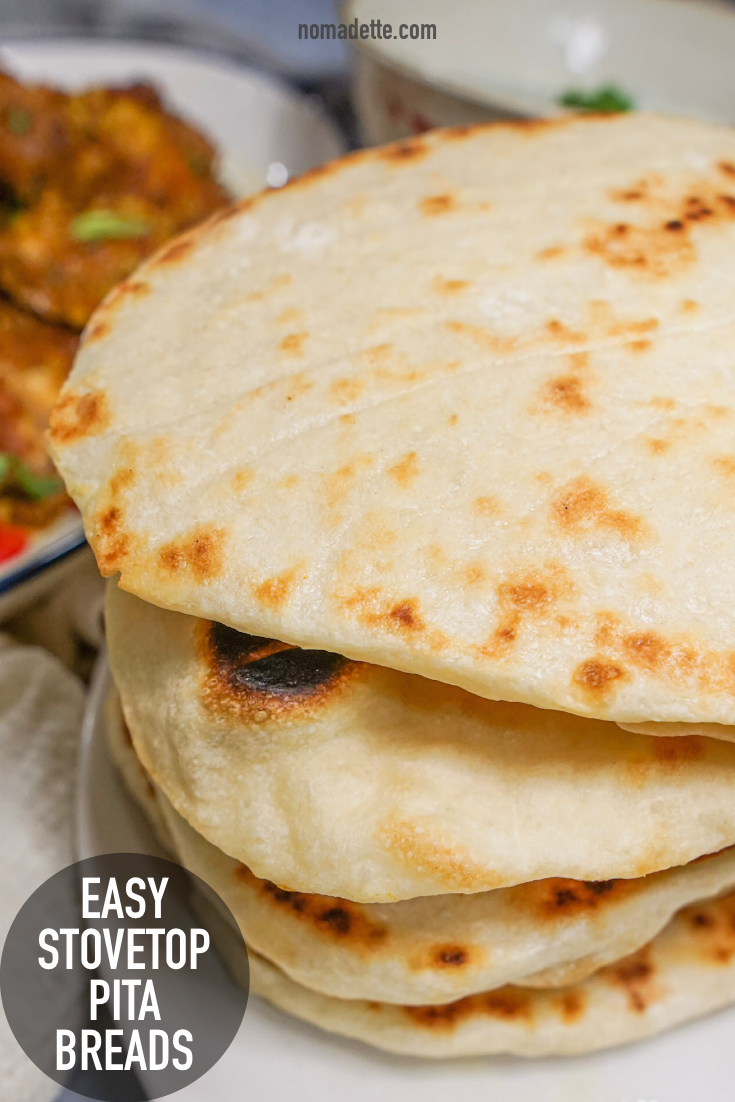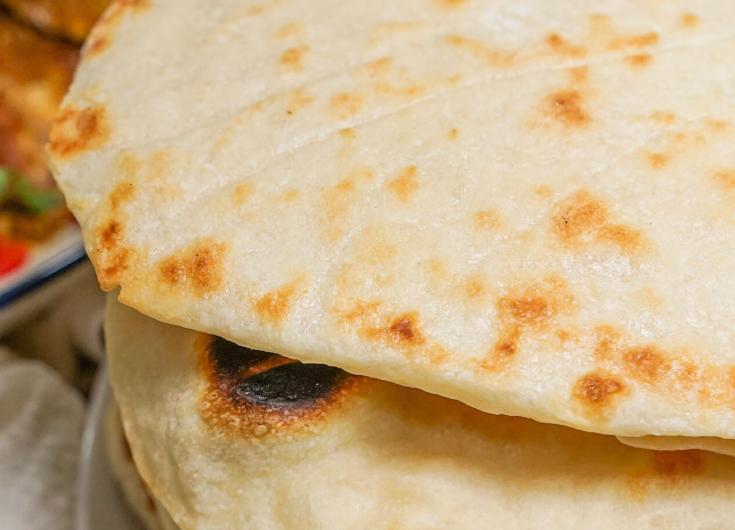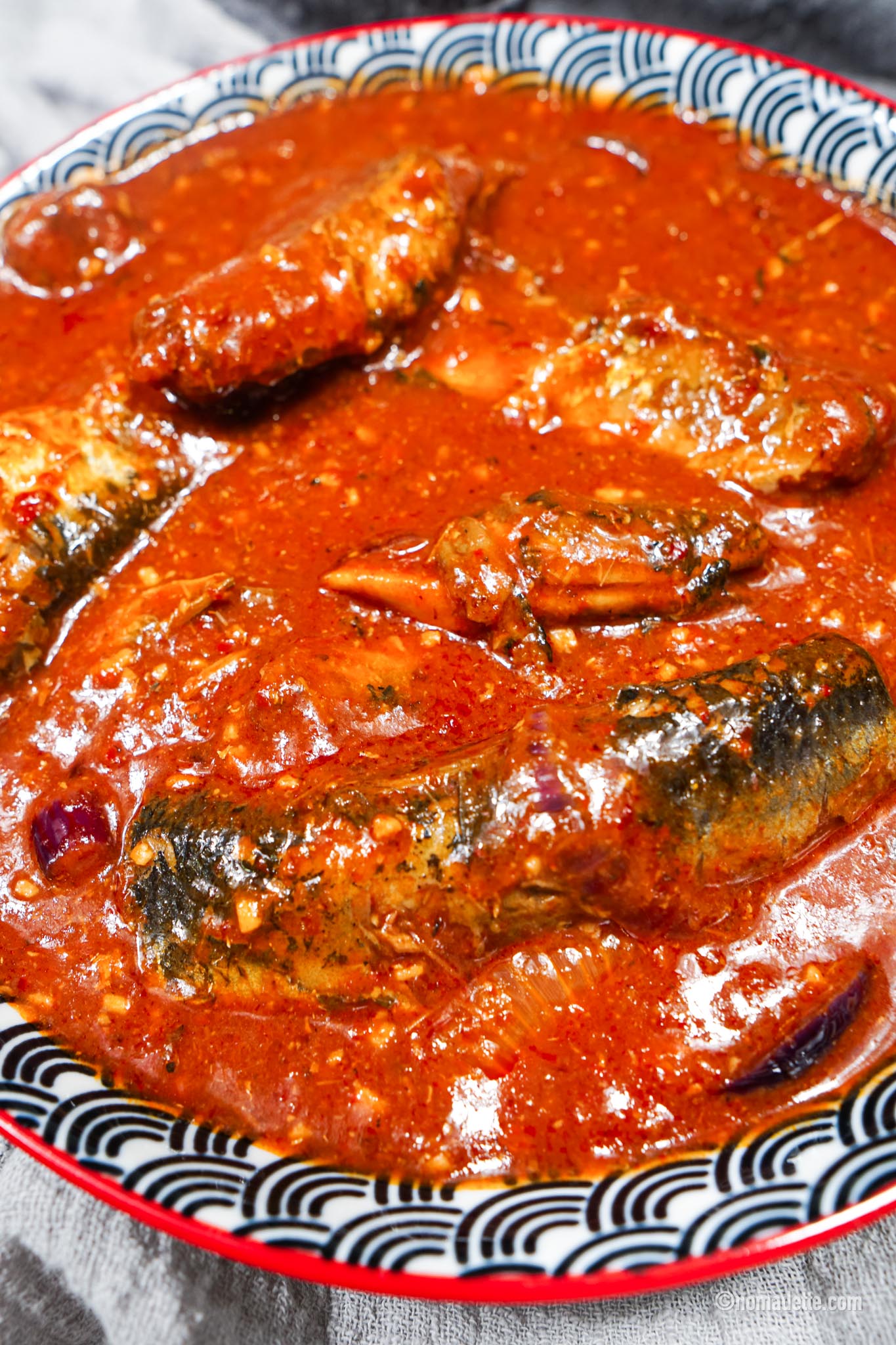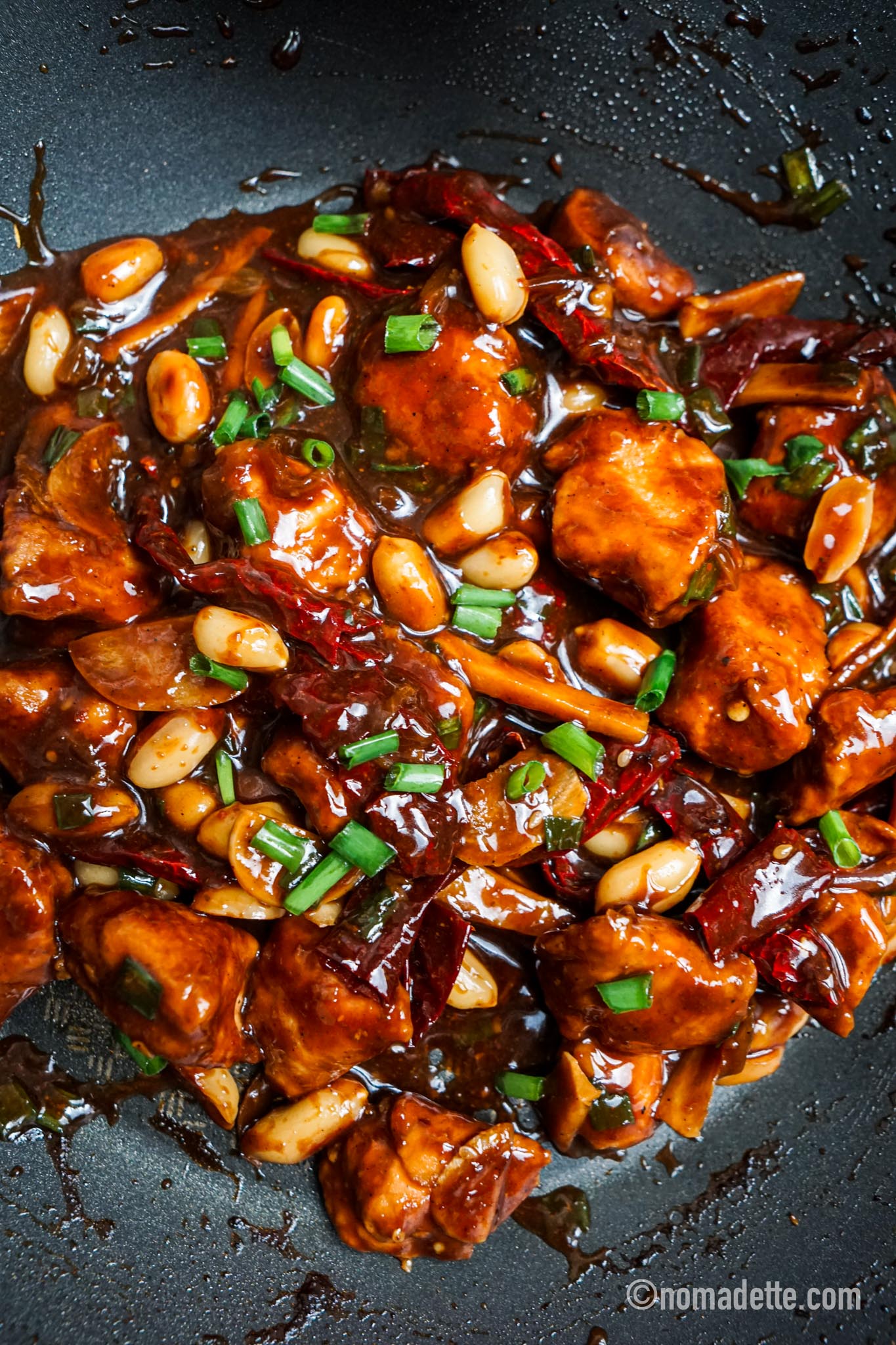
I’m not a baker, nor a breadmaker, but I do love to make me some pita breads! They’re easy to make, require little ingredients, and a lot less boring than flatbreads. Pitas typically come with a pocket, and much more fun to make sandwiches with. I also always have hummus knocking around at the back of my fridge, and love it as a dip with my pita breads.
To shape your pita breads, stretch the dough and press with your hands. You can also use a rolling pin to roll it out. Roll the dough to about 1 cm thick. A circle shape is the typical pita shape… but I’ll be honest, my pita breads are always are funky irregular oblong. I’m too much of an imperfectionist (I’m coining this for myself) to get a nice circle.
This recipe is meant to produce pita breads with pockets, but some stuff may happen in between… and you don’t get pockets. No worries, these are still tasty as flatbreads!
Instant Yeast
The only time I’ve used instant yeast is to make pita breads with. I think at some point I told myself “I will broaden my bread horizon and make brioche” but fast forward to today, that is but a distant dream.

Anyway, this is the type and brand of instant yeast that I use. It comes in a box with a few sachets. A sachet is 11g, and only 1 teaspoon (or about 5 g) is required for this recipe.
I usually just toss the balance yeast away, wasteful I know, but they’re really cheap. The balance is also usually such a random small amount that for a non-baker like me, it would be forgotten.
They are also best used immediately after opening, since they’re pretty much useless when exposed to heat and moisture – including moisture from the air. In humid Singapore, we have plenty of that. You can’t quite tell if they won’t be efficient anymore too, until you’ve proofed your dough and nothing’s rising. To me it’s just not worth the trouble.
If you’re a better baker than me then you can prolong their freshness by storing immediately in an airtight container, and storing in the fridge or freezer.
How to Proof
The one pain point of pita bread making is the amount of time it needs to proof.
To get the yeast to work, the dough will need to be proofed until it doubles in size. To do this, place dough in a bowl and keep in a warm area of the house. If you are in Singapore, or any other tropical climate, keep this anywhere at room temperature! I kept it at my kitchen workstation, away from the windows.
If you have a proofing setting in your oven you can use that too. Alternatively, heat your oven for about 5 minutes at 100 degrees Celcius. Turn it off, and place dough in oven, and keep the door closed to proof.
I only proofed it once, due to my general impatience, but you can also proof it further for about 30 minutes after separating into six portions after the first proof. I’m happy with my first-proof results so I never found it necessary for the extra proof.


Oven vs Stove Top
This is a recipe for making pita bread in a pan. I know that people have gotten better and more consistent results with the oven, but in my experience it was a lot more fiddly.
I don’t own a large baking pan, and I was not quite comfortable placing my dough on my large oven pan. To make these in the oven, the dough has to directly hit the metal surface – so no baking papers allowed – or else it will not puff well. I do not own a cast iron skillet either, which was what most recipes called for. I used my baking pan, which was only able to fit two pitas at a time.
With my kitchen configuration, I did not have ample space for dough rolling, placing it in the oven, and monitoring it.
To make this in the oven, preheat the oven to the highest setting, 225 deg Celcius, and place your baking pan or large cast iron skillet in it to heat up. Once hot, place your flattened dough on it and let it cook for 3 minutes or until it puffs and develops some colour.
Doing this over the stove top was a lot easier for me. I also got decent pitas. They did not quite puff entirely, instead I got puffy patches… but, they all had pockets!

Finally, there was no difference in the final product between using the oven and stove top method for me, so I opt for the easier stove top method. I have read that the oven method produces a softer bread, so that’s a note for you if you want to try that out.
How to Store Pitas
Pitas are best served immediately! That’s when they are the softest and pillowy. But I get it, you might want to keep these for lunches the next few days.
The pitas can keep in an airtight container in room temperature for one day. Any longer, keep the cooked pita breads in the fridge. In my experience they can keep for three days. Any longer, I would recommend freezing them instead.
To reheat these, you can pan fry, bake in the oven or even easier – pop in the microwave.
Before reheating these, sprinkle on some water for moisture. You can also brush on some olive oil to introduce some lusciousness to the breads.
Key Ingredients to Make Stove Top Pita
2 cups of flour
1 tsp salt
1 tsp instant yeast
170 ml warm water
1 tbsp olive oil
Extra olive oil for drizzling
Extra flour for powdering
Key Steps to Make Stove Top Pita
Stir together the dry ingredients. Then add warm water and olive oil, and mix with a spoon or spatula until you get a messy-looking dough. Go in with your hands (flour hands for easier handling) and knead until all the flour disappears and you get a smooth and soft dough that shapes easily into a ball. The dough should be slightly sticky but not difficult to handle. Sprinkle in flour bit by bit if too sticky. It If your bowl is not big enough to do this comfortably, take out the dough and knead on a smooth and floured surface.
Drizzle dough ball with olive oil. Turn over to evenly coat with olive oil.
Let the dough proof for 1.5 hours or 90 minutes. Place dough in a bowl, and cover with a cloth. Make sure to proof at a warm area of the house. In Singapore or anywhere else in Southeast Asia, you can just leave this in your living room.
90 minutes later, the dough should have expanded double its size. If not, leave it to proof for longer. Deflate the flour to release air by gently punching into the dough. Warning: this part is satisfying.
Divide the dough into 6 balls. Measure out to get even balls, but I eyeball-ed this.
With your hands, or rolling pin, stretch out the dough to form a circle. I recommend not flattening this all at once; instead cooking the pita one at a time.
Heat a non-stick pan over medium heat. Brush on oil. Do not use too much oil, and wipe pan with a paper towel to absorb any excess.
Once hot, pan fry the pita. Cook it for 2-3 minutes on each side. The pitas will begin to puff. Optional, but you can put on a lid to retain moisture. While a pita is frying, go ahead and roll out the next pita. You will have more than enough time to do this.
Best served immediately!






